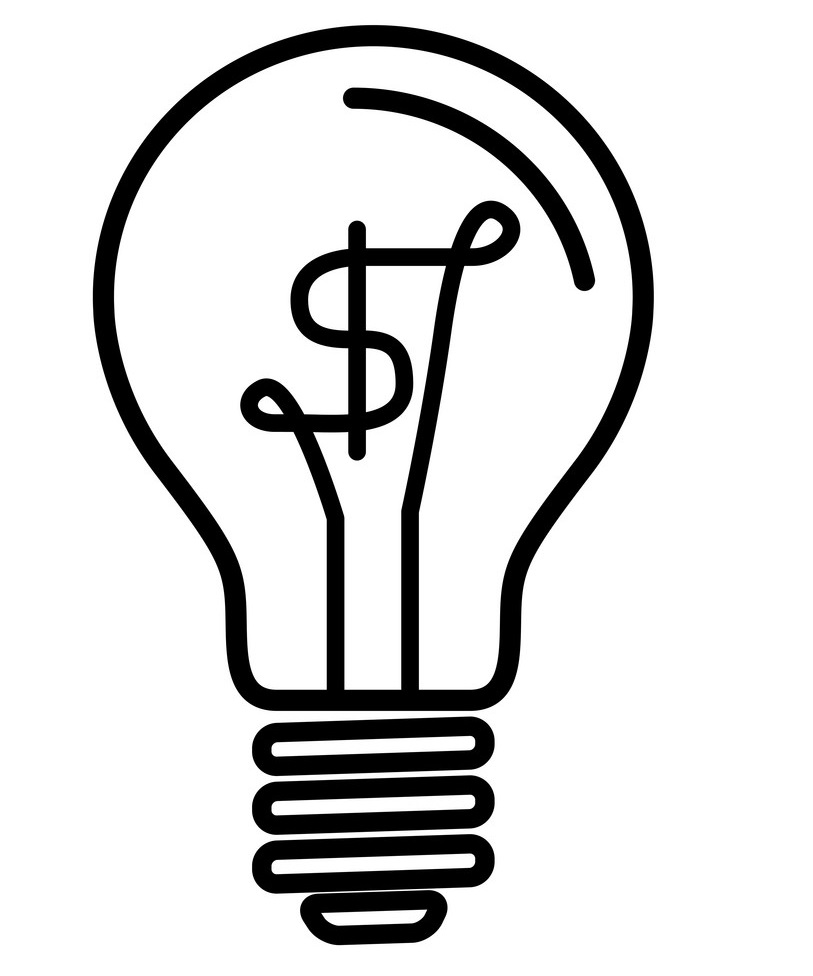Over the past couple of weeks, we’ve uncovered factors that contribute to the Quality of Lighting. These factors include:
- Spatial distribution of light
Click on items from the list above to view articles from previous weeks.
This week, we’re wrapping up the series by delving into the economics of light. This topic tackles the financial considerations of a lighting installation. We will also touch on the effect of lighting on the environment.
Economics of Light
Characteristics of a bad lighting installation
Lighting installed that meets the below criteria can be considered as a bad lighting installation:
- Difficult to maintain
- Inefficient in its energy usage
- Needlessly expensive
Economic considerations for lighting installations
At the onset of a lighting installation project, economics should be kept front of mind. Start by assessing the total cost of ownership. This involves the assessment of all possible costs involved with the lighting solution over its anticipated lifetime. This is usually calculated for each design alternative, in order to determine the most cost-effective choice. At this point, many cost factors are estimated. It is an essential part of the quality process of designing an installation to determine these estimates as reliably as possible.
Cost factors to be considered with a lighting installation
1. Investment costs
The investment costs of a specific lighting installation can be split into several sub factors:
- The initial purchase costs of lighting components such as lamps, luminaires, ballasts and lighting controls
- The cost of additional items such as mounting and electrical components
- The cost of installation
2. Running costs
Essential running costs include:
- Energy costs
The cost of energy is a major consideration. As such, apart from meeting all other requirements, the lighting used in the installation must also be as efficient as possible in order to minimise electricity consumption.
- Maintenance costs
This constitutes a relatively small part of the total annual costs. However, maintenance is essential in order to guarantee proper functioning of the lighting installation throughout its lifetime. Maintenance must be considered especially when installing lighting that may be difficult to access, or that may hinder work flow.
- Lamp replacement costs
Keep in mind the expected lamp life, and how often you will need to replace these.
Lighting control
Efficiency should be kept front of mind when installing lighting. Installation efficiency should be considered alongside usage efficiency. Only the amount of light required to perform a specific task at a specific moment should be made available in that moment. This is referred to as demand dependant lighting, and is achieved using lighting control systems.
Modern lighting control systems should offer far more possibilities than a simple switch-on-switch-off function. Automatically controlled dimming of lighting groups result in valuable cost and energy savings, without sacrificing task performance of the installation. This is referred to as task-dependent control.
Task-dependent lighting control is relevant across all lighting application fields. Examples include:
- Indoor lighting - task and age dependent
- Road lighting - traffic density, weather type, time-of-night dependent
- Sports lighting - competition type, training only
An efficient lighting control system in indoor lighting applications should also take advantage of daylight. This can be achieved by dimming and switching off the electrical lighting in those instances where sufficient daylight enters the indoor space. This is referred to as daylight linking.
Presence control refers to the use of simple passive infrared detection systems that ensure lights are off when nobody is present.
Click here to watch a quick video on the economics of light!
Lighting and the Environment
Since the world began to realise how finite our resources are, the lighting community reacted by developing more energy-efficient lighting products. There was also a reconsideration of lighting standards and recommendations with regards to more-clearly defined minimum values.
Today, lighting accounts for 19% of all electricity used worldwide. It is therefore responsible for a substantial part of carbon dioxide emissions.
With this in mind, there are a few things that can be done in order to balance the positive effects of lighting with its negative impacts on the environment, such as:
- Maximise energy efficiency
- Maximise product reliability
- Minimise the use of hazardous substances in lighting products (e.g. mercury)
- Reduce waste through recycling
- Avoid light pollution to create greater sustainability
Click here to watch a quick video on the effect of lighting on the environment
Source: Signify “The Science of Lighting” by Wout van Bommel and Abdo Rouhana (2019: second edition)
Are you looking for a reliable energy-efficient lighting installation for your facility?
Click here to chat to our lighting experts now!


